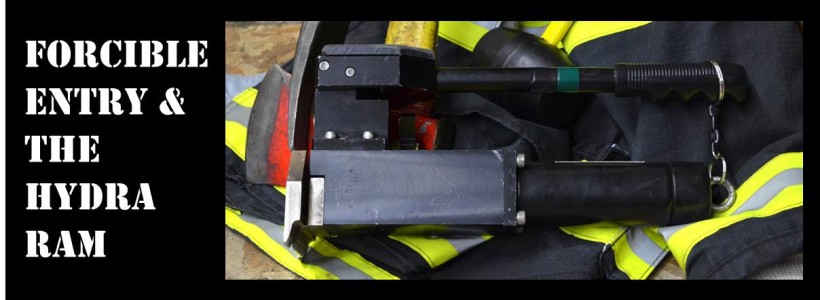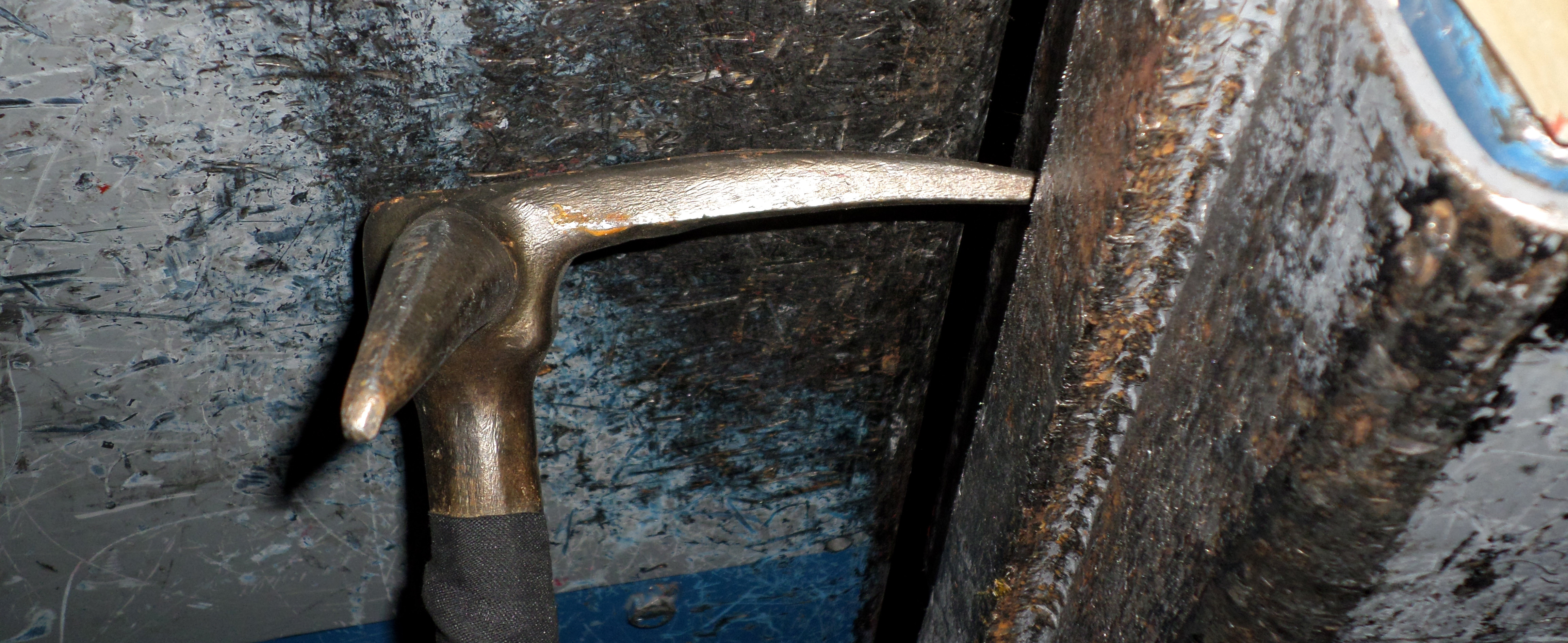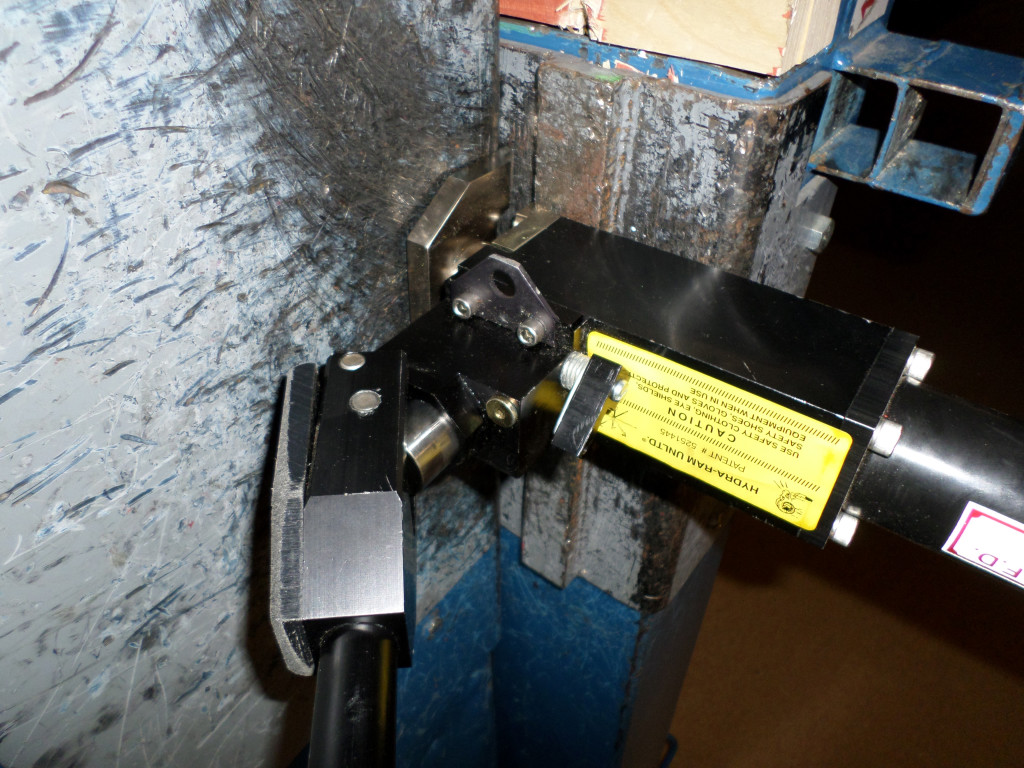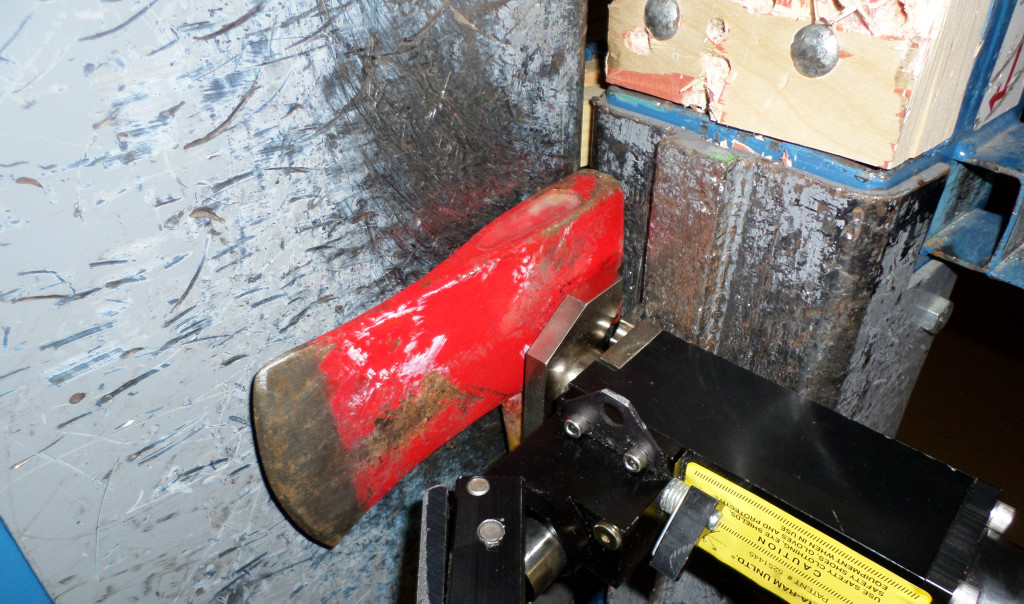How To Force A Door With The Hydra Ram
Introducing The Hydra Ram
Firefighters have a multitude of forcible entry tools at their disposable. One of the most formidable is the Hydra Ram, the brainchild of two FDNY firefighters who set out to improve on the Rabbit Tool. (The Rabbit Tool is a set of jaws that are connected to a hand-driven pump by a length of hose.) Together, they designed a hydraulic forcible entry tool that was more compact, easier to carry, and more likely to be used by a single firefighter. Thus, the Hydra Ram was born.
The Hydra Ram was the first one-piece compact hydraulic forcible entry tool. Weighing in at 11 pounds and roughly 13 inches long, it can easily be carried by the forcible entry firefighter. It is also capable of operating in any position (even upside down) which makes the tool unique. Also, with a full throw of the piston in only 8 pumps, the tool is extremely efficient. Let’s see how to use it.
The Scenario
It’s Saturday. Normally you ride the engine but today you happen to get the truck and you run a “smell of smoke” call in a large office building. You have been here before and you know the building is large and does not have a stand pipe. You silently breathe a sigh of relief and say to yourself, “Looks like I lucked out today. I would hate to have to stretch in this building!”
You roll up and, being assigned the forcible entry position, you grab a set of irons and head to the front entrance to meet up with your officer and can man. The officer looks at you and says, “It’s going to be a long day for you, kid; you’re forcing all these doors.”
You look up and down the long hallway and realize that you’re only on the first floor. Suddenly it seems as if it would be easier to stretch in this building. You and the can man force the first door, and the second, and the third. You find your groove. But, after a number of doors with multiple locks, you’re starting to get tired. The officer who has nearly thirty years on the truck pulls a tool out of a black bag that he has been carrying around with him. He hands it to you and says, “Here, kid, try this.” Enter the Hydra Ram.
Forcing The Door
Here is where this tool really shines: commercial or multiple occupancy buildings. Ideally suited for a metal door inside a metal frame, it makes forcing the door a breeze.
Simply insert the tool with the jaws between the door itself and the jam. If the door is really tight, you may have to gap it with the halligan or use the rubber mallet that comes with the tool to tap the jaws into the gap to set them. Then simply start pumping the handle. Eight pumps or less later and your door is probably open.
3 Tricks of the Trade
#1 Extending the throw
What if you reach the full throw of the tool but the door is still not open? If this is the case, you can use the axe as a “wedge” (two door chocks will also work) to bridge the gap and get a couple of extra inches of throw on the door. At this point, you should also be clearly able to see what is still holding you up. You can also go at it conventionally, letting the Hydra Ram hold what you gained so far.
#2 Lifting in a pinch
The Hydra Ram puts out a lot of force, in the neighborhood of 10,000 pounds. I have seen the tool used as a makeshift lifting device in an emergency.
#3 Auto extrication and vehicle fires
Conventional forcible entry is not the only application for the tool. The Hydra Ram can be used to make a purchase in a door for an auto extrication or to create a gap for the nozzle in a trunk or hood of a vehicle fire.
Do you have any tips or tricks where the Hydra Ram is concerned? Where else can it play a role? Please share your thoughts in the comments section below!
Article photos courtesy of Rob Fling.










